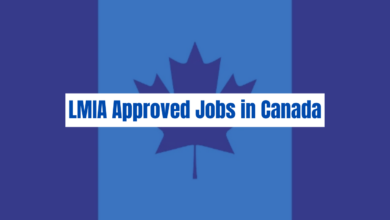Canada Work Visa Requirements: Guia Passo a Passo para Profissionais Estrangeiros
Temporary vs. Permanent Permits
Employment permits generally fall into two categories: temporary and permanent.
Temporary permits are typically issued for short-term assignments or specific projects and may be valid for a few months to several years.
Permanent permits, on the other hand, are granted to those seeking long-term or indefinite employment in a country, often leading to permanent residency or citizenship.
Country-Specific Permits
Different countries have different types of employment permits, each with its own set of requirements.
For example, in the United States, there are several types of work visas, such as the H-1B for specialty occupations, the L-1 for intracompany transferees, and the O-1 for individuals with extraordinary abilities.
Understanding the specific requirements of the country where you wish to work is crucial in determining which type of permit you need.
Eligibility Criteria
General Requirements
While the specific requirements for an employment permit vary by country, there are some common criteria that most countries will require.
These may include a valid job offer from a company in the host country, proof of qualifications or experience in your field, a clean criminal record, and a valid passport.
U.S. Specific Requirements
In the United States, employment permits (often referred to as work visas) have additional requirements, such as proving that the position cannot be filled by a local candidate and that the foreign worker’s employment will not negatively impact wages or working conditions for local workers.
The process also typically requires the employer to sponsor the employee’s visa application, making the employer an integral part of the process.




